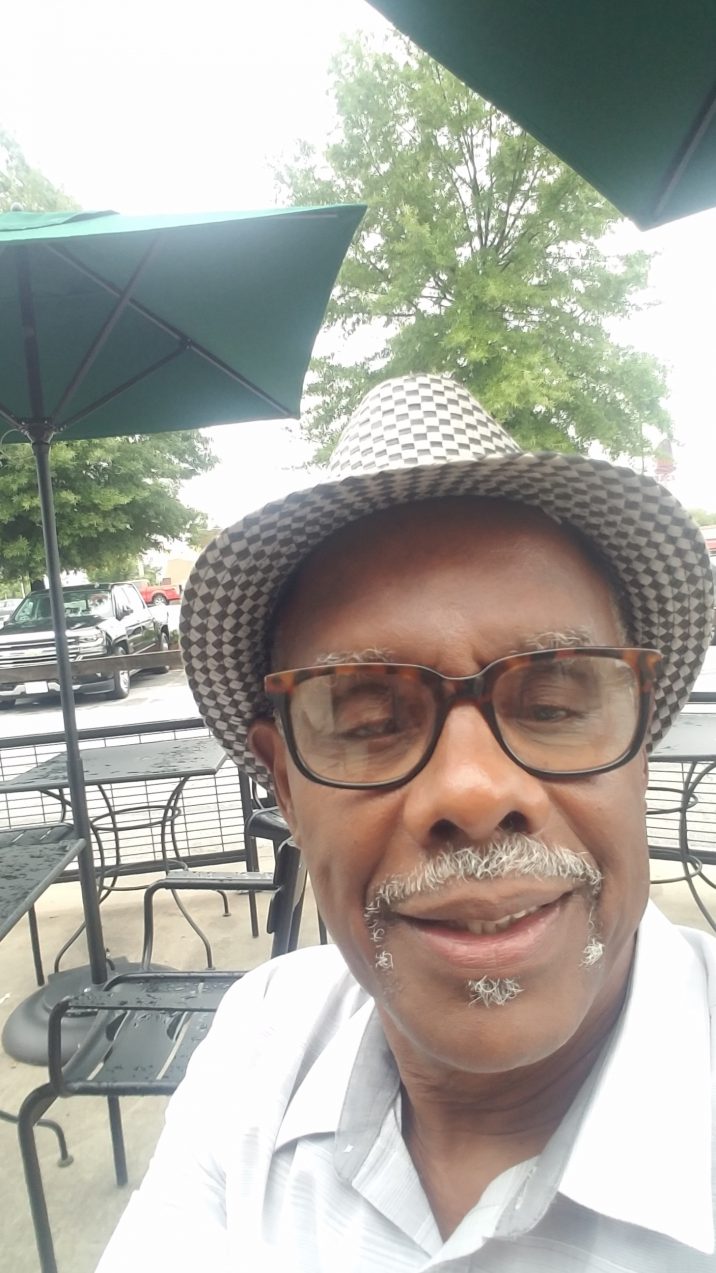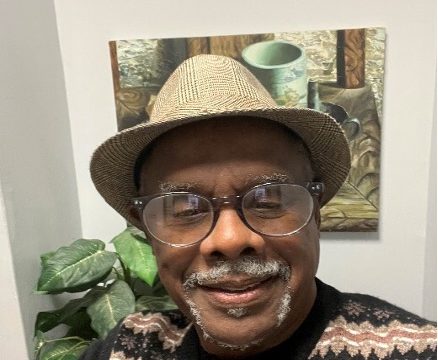
Welcome to Part One in a “Come Meet Your Neighbor” series that explores the rich diversities in racial, cultural and identity groups in the United States…. and in your neighborhood! Now since May is National Asian American History Month and, along with spikes in hate crimes aimed at our Asian American community, we’ll start with your Asian American neighbor. In ensuing columns, you will “meet” your other neighbors of different backgrounds.
________________________________________
I start with this.
In a national survey taken after the killing of six Asian women in Georgia, 42% of respondents answered “don’t know” when asked if they knew any famous Asian Americans. Let that sink in for a moment.
Now take out a pencil and piece of paper and, quickly, jot down the names of at least five famous Asian Americans, living or dead (Bruce Lee excluded). Go ahead, we’ll wait.
Moving right along, simply defined, Asian Americans are Americans of Asian ancestry. Although it had historically been used to describe all the indigenous peoples of the continent of Asia, the usage of the term “Asian” by the United States Census Bureau excludes people with ethnic origins in certain parts of Asia, such as West Asia, who are now categorized as Middle Eastern Americans.
Asian Americans include people who indicate their race(s) on the census as “Asian” or report entries such as “Chinese, Indian, Filipino, Vietnamese, Korean, Japanese, Malaysian, and Other Asian”.
When the phrase Asian American was created in 1968 it was a label of self-determination that indicated an agenda of equality. “Asian American” was an identity that was chosen, not one that was given.
“If you were to ask most people who are Asian American to, ‘Describe your race or ethnicity,’ they would say, ‘I’m Japanese American,’ ‘I’m Thai, Cambodian, Filipino.’ Very few of us would start out by saying, ‘I’m Asian American,’” wrote Daryl Maeda, a professor of Asian-American studies at the University of Colorado and author of, “Rethinking the Asian American Movement.”
Like how most ethnic self-identities evolve over time, although the term Asian American was first used in activist and academic circles, it took decades for the term to become popularized across the country.
In 2018, Asian Americans comprised 5.4% of the U.S. population, including multiracial Asian Americans, a percentage that increases to 6.5%. Chinese, Indian, and Filipino Americans who make up the largest share of the Asian American population with 5 million, 4.3 million, and 4 million people respectively. These numbers equal 23%, 20%, and 18% of the total Asian American population, or 1.5% and 1.2% of the total US population.
In American history, Asian Americans were regularly scapegoated during periods of national duress. World War II saw the forced internment of about 120,000 Japanese Americans on the West Coast — an estimated 62 percent of whom were U.S. citizens — in the wake of the attack on Pearl Harbor.
“The important thing to remember is that this (The Atlanta shootings that killed eight people, six of them Asian women) is really not an exceptional moment by any means,” said Courtney Sato, a postdoctoral fellow in The Charles Warren Center for Studies in American History. “But it’s really part of a much longer genealogy of anti-Asian violence that reaches as far back as the 19th century.”
Sato points to the Chinese massacre of 1871 as evidence of the growing anti-Asian sentiment that came to its climax with the Chinese Exclusion Act of 1882. That act banned the immigration of Chinese laborers, much as the Page Exclusion Act of 1875, the nation’s first restrictive immigration law, had prohibited the entry of Chinese women.
Recent statistics on Anti-Asian incidents in the US:
Of course, there’s plenty of documented evidence that attacks on Asian Americans spiked – reports say by 164% – in the first quarter of 2021. Examples include:
- One third of people surveyed said they had witnessed someone blaming Asian people for the pandemic.
- 1,710 incidents reported to STOP AAPI HATE – 15% of those cases involved physical assault or being coughed on or spat at
- 133 incidents of anti-Asian discrimination recorded by the New York City Commission on Human Rights – compared to 11 in the same period last year. The commission has intervened in 91 cases.
- More than 100 alleged hate incidents reported to civic groups and police departments in Los Angeles.
- Six reports of bias incidents reported to police in Seattle.
- There has been a surge in anti-Asian hate on extremist web communities.
Sources: Ipsos, STOP AAPI HATE, BBC research
Here’s a breakdown of the most common hateful acts aimed at Asian Americans:

So, what can we do individually to better understand and support our Asian American neighbor? The advice here is to start by researching and reading. Absorb as much as you can about Asian American values and culture. There’s so much information out there and available.
Next, get to know your Asian neighbor and, above all, don’t let societal stereotypes skew your perceptions about and behaviors towards him or her. Share this narrative with her/him and ask how it squares with or departs from their experience.
Find out how he/she perceives and/or is experiencing the world today and how you may be able to help in some way.
Prepare yourself to interrupt and diffuse anti-Asian acts of discrimination, harassment and hate. Learn effective bystander intervention strategies and techniques.
Educate yourself and others. “Stop AAPI Hate” has detailed reports on incidents of anti-Asian hate in 2020, and the role of political candidates in perpetuating racist and xenophobic rhetoric. Additionally, the YouTube series #AsianAmCovidStories documents the Asian-American pandemic experience.
Last, here are two additions to your bookshelf: Minor Feelings: An Asian American Reckoning by Cathy Park Hong and The Color of Success: Asian Americans and the Origin of the Model Minority by Ellen D. Wu.
Now I end with this.
On that same piece of paper you used at the outset, jot down the names of at least five famous Jewish, Hispanic, LGBT, Black and Disabled Americans, living or dead.
Go ahead, we’ll wait.
© Terry Howard is an award-winning writer and storyteller, a contributing writer with the Chattanooga News Chronicle, The American Diversity Report, The Douglas County Sentinel, The BlackMarket.com, co-founder of the “26 Tiny Paint Brushes” writers’ guild, and recipient of the Dr. Martin Luther King Leadership Award.


